We regularly fly from A to B especially if you have a lot of business travel. In this article we list some of the most interesting facts about airplanes for you.
How fast does an airplane fly?
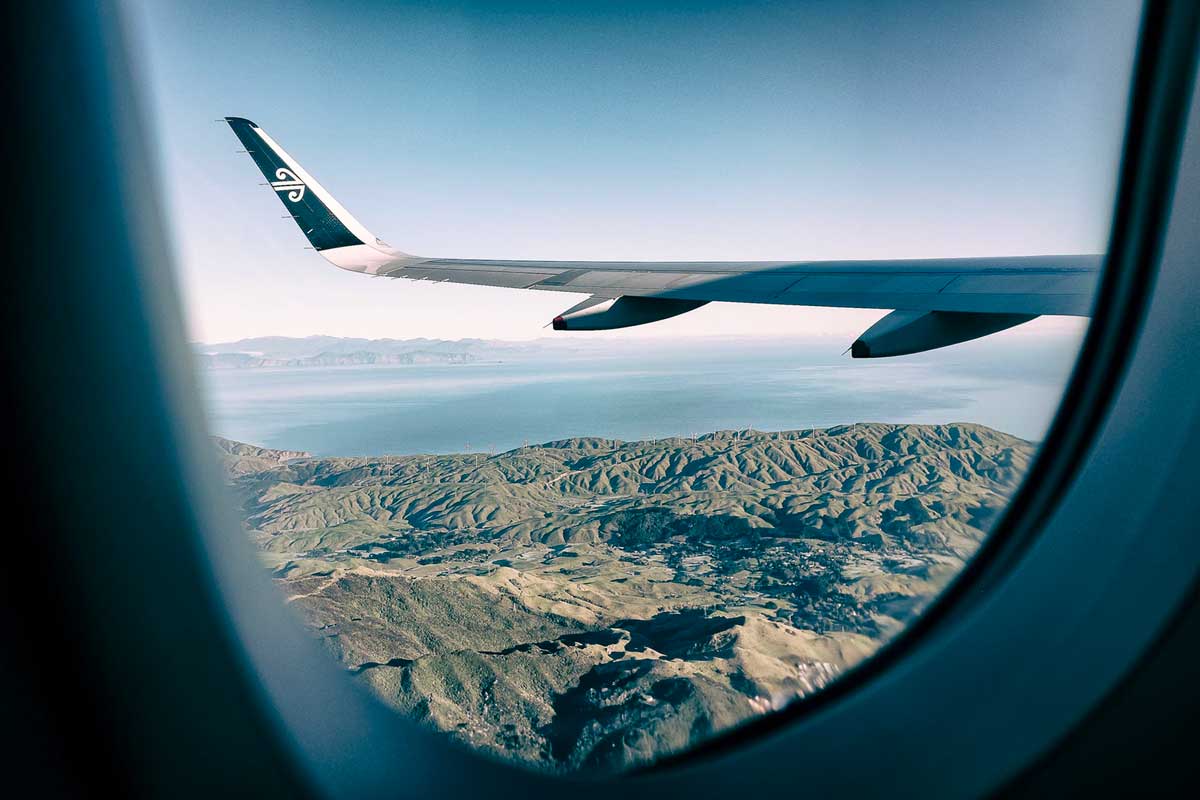
A normal passenger plane flies between 800 and 1,000 kilometers per hour. The speed of an airplane depends on several factors. One of the most important factors is the wind. Does an airplane have what is called a headwind? Then the plane has wind against it. This makes the plane go slower. With tailwind, or wind at its back, the plane moves faster. That's why sometimes you take longer to reach your destination, or sometimes you fly shorter. But the effect of the earth's rotation also plays a role. If you fly from east to west, the earth turns with you and you always reach your destination faster.
What is the ground speed when an aircraft takes off?
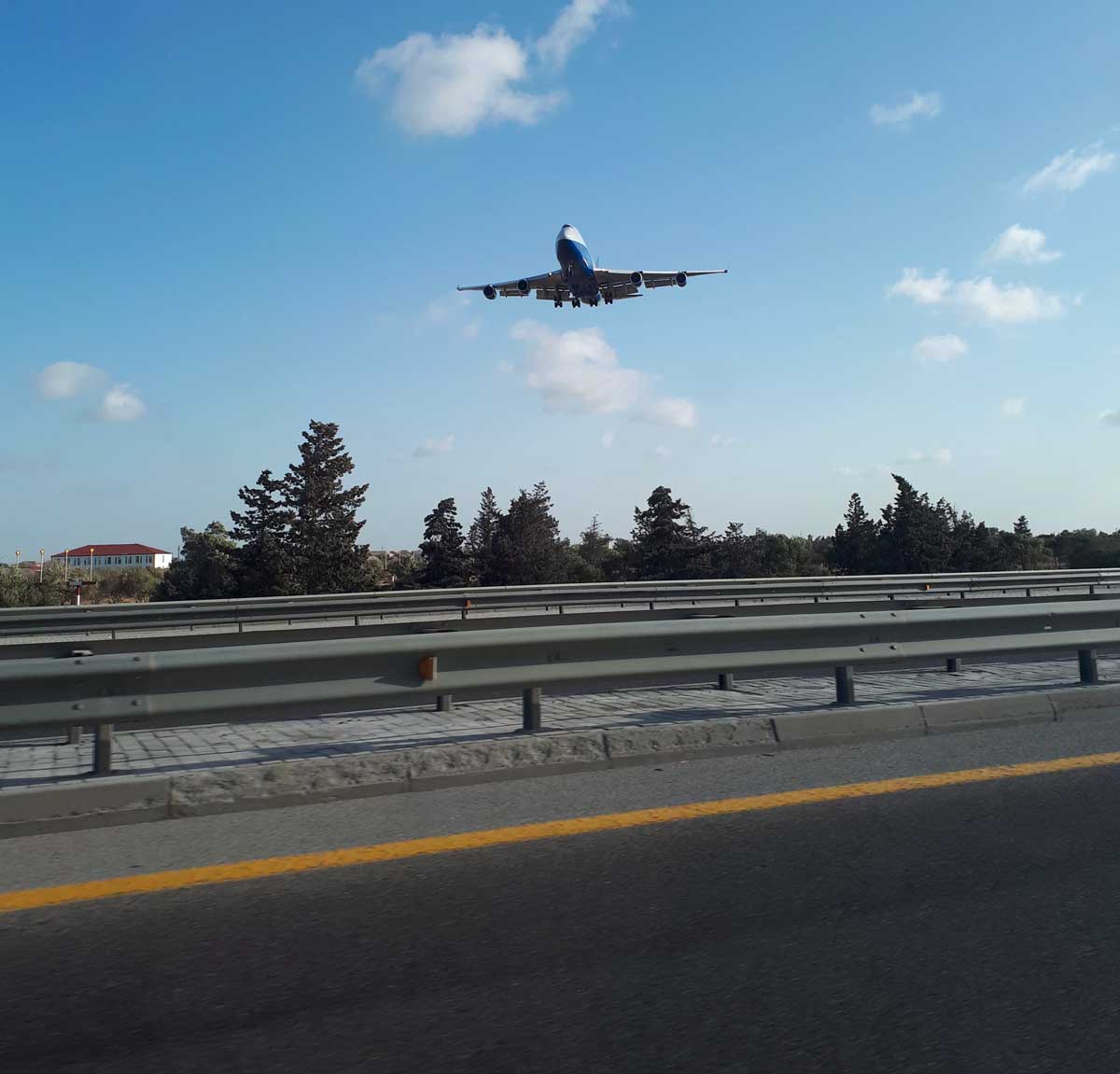
When a plane takes off, for example a Boeing 737 commonly used for flights in Europe, the vehicle travels on average between 250-290 kilometers per hour. When landing, an aircraft advances at a slightly slower rate. In fact, the average speed when landing is around 250 kilometers per hour. Of course, this is very different for each aircraft. A small Cessna, for example, already comes off the ground at 100 kilometers per hour.
How much fuel does an airplane use? For example, a Boeing 737-800.
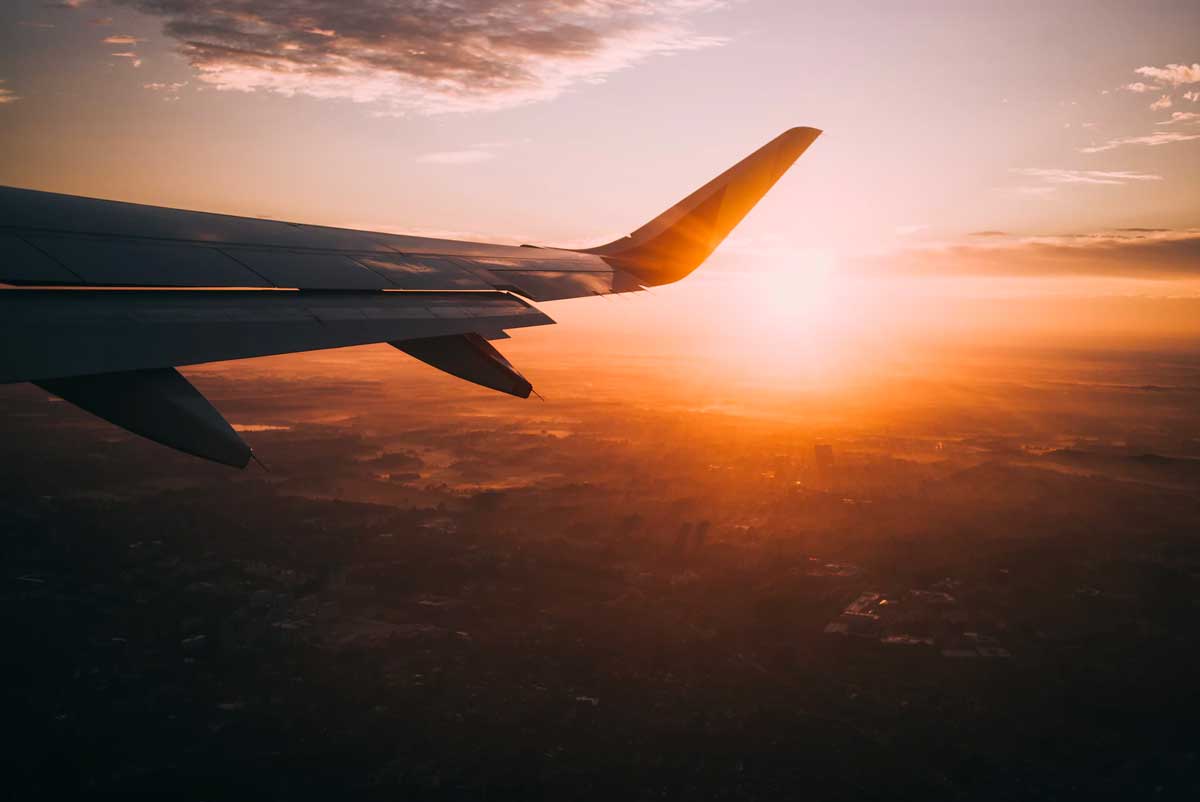
A Boeing 737-800, one of the most common passenger aircraft in the world, consumes 40 kilograms of fuel per minute. Consumption of kerosene is indicated in airfares in kilograms, not liters.Incidentally, this is average consumption. If an airline wants to fly a route a little more economically, this is also possible. And does the pilot want to fly a little faster? Then you get to your final destination faster, but the plane needs more fuel. Furthermore, the fuel consumption of an airplane depends, among other things, on the outside temperature, air pressure and altitude of the aircraft.
How many horsepower does an airplane produce?
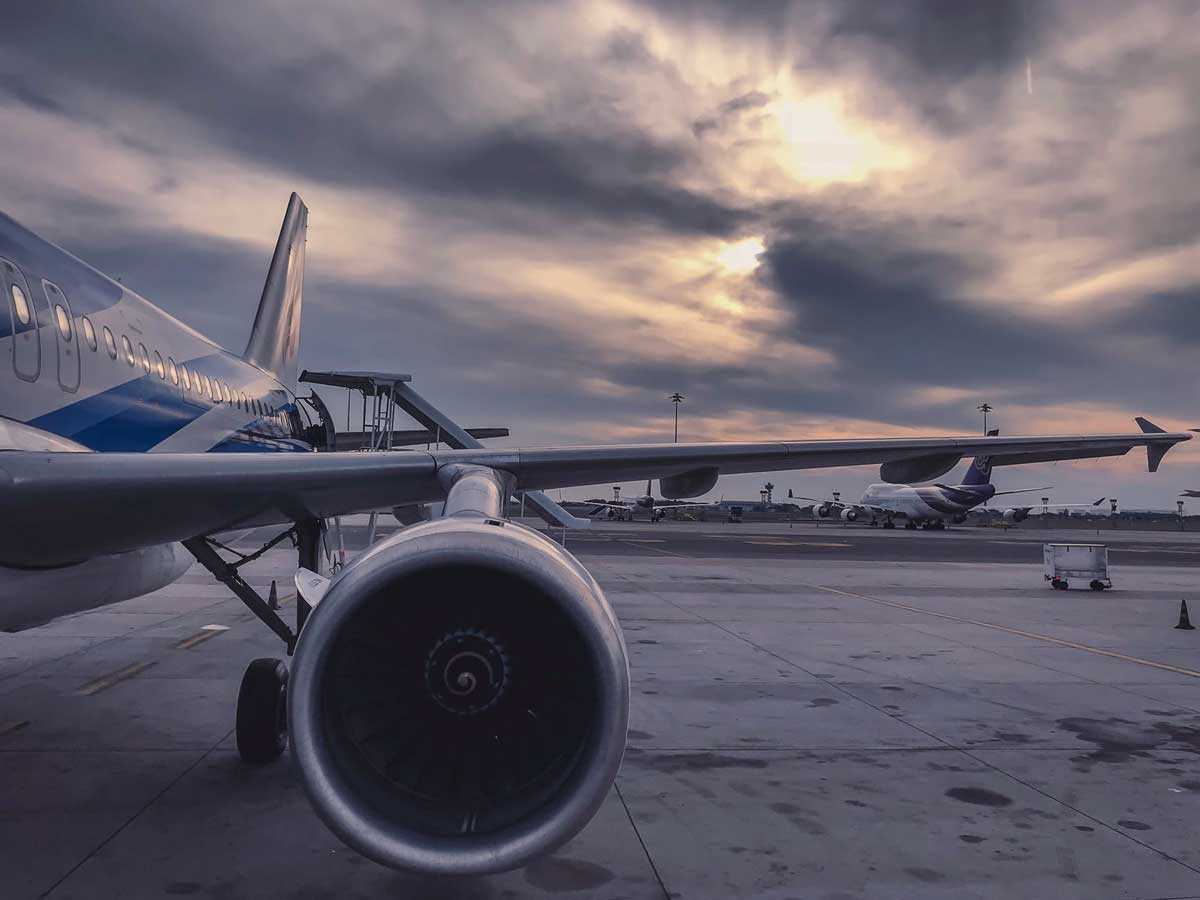
The thrust of a jet aircraft is expressed in the unit pounds (lbs) or kilonewtons (kN). For propeller-driven aircraft, however, power can be indicated in horsepower. The engines of a Fokker 50 can collectively deliver five thousand horsepower. The much more powerful engines of the Bombardier Q400 can deliver over nine thousand horsepower. The operation of a jet engine differs completely from the engine of a propeller plane. This makes it almost impossible to determine the horsepower of, for example, Transavia's popular Boeing 737-800. The engines of the 737-800 produce a thrust of 27,300 pounds (lbs). That power is needed only at the aircraft's takeoff. In flight, much less power can be used to generate enough thrust to maintain speed and altitude. The ratio of power delivered to thrust exerted varies during different parts of the flight.
Using the conversion tables, only a rough estimate can be made for jet engines. In the case of the Boeing 737-800, for example, the two engines at cruising altitude - and at constant speed - add up to around 20,000 horsepower.
Is a plane hit by lightning?
Do you fly regularly? Then chances are you've been on a plane once that was struck by lightning during the flight. In fact, this does happen. Fortunately, it is not dangerous when an airplane is struck by lightning. In fact, because an airplane is a large metal shell, lightning can never enter the cabin. This means that, as a passenger, you can never be hit by lightning.
Is the pilot the boss on board?
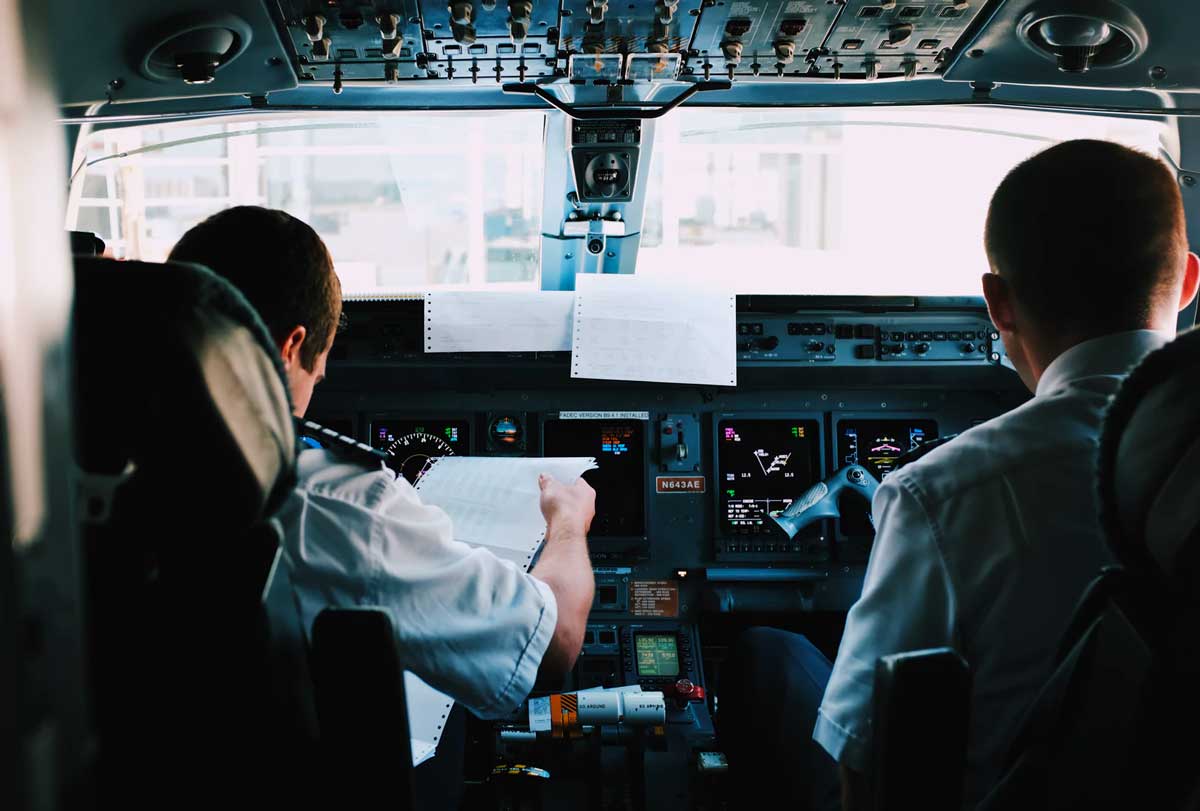
The pilot is not only in control of the wheel, but is in control of the entire aircraft during flight. For example, the pilot can even determine to arrest someone or fine someone. And is there a dying passenger on the plane? Then the pilot can even record that person's will. Only when the doors open again is the pilot no longer in charge of the passengers.
Can an airplane fly with one engine?
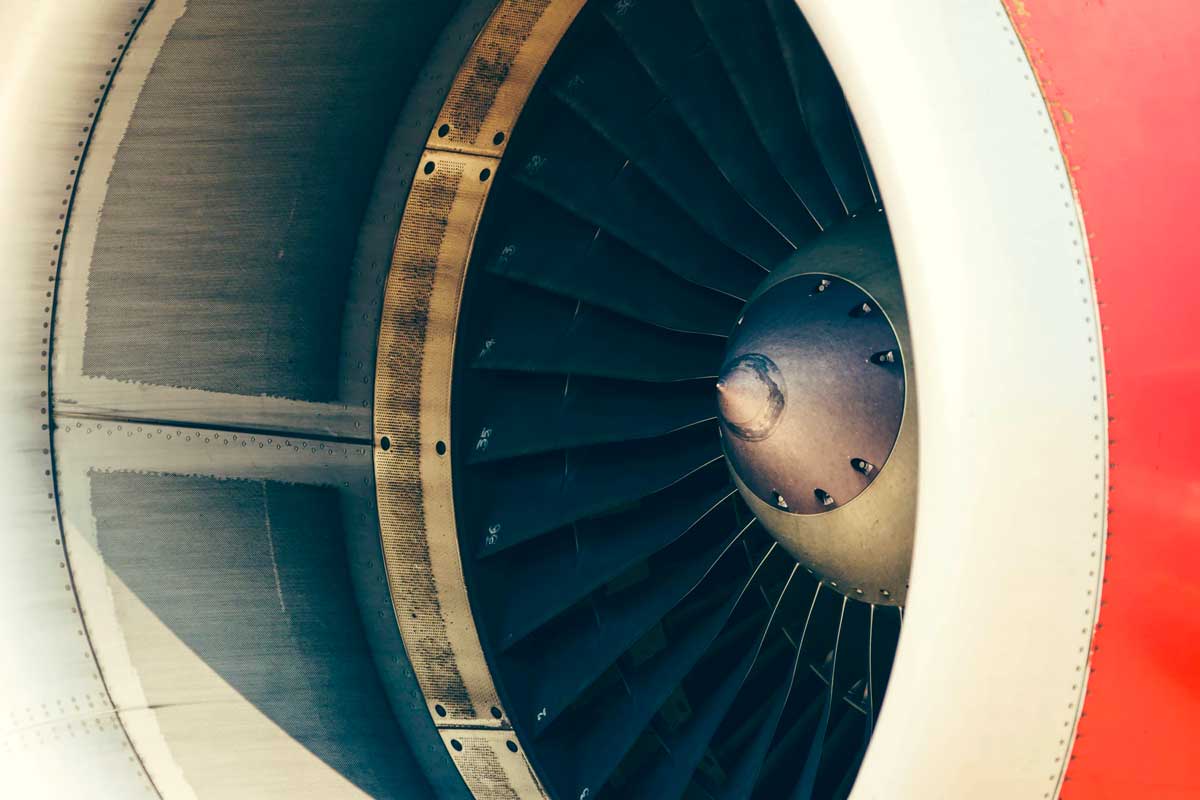
Many people would panic if one of an airplane's engines failed. Logical, but in fact this is no reason to panic at all. In fact, an aircraft can get along just fine with one engine. However, one engine does consume more fuel. Therefore, an aircraft cannot fly as far with a failed engine.